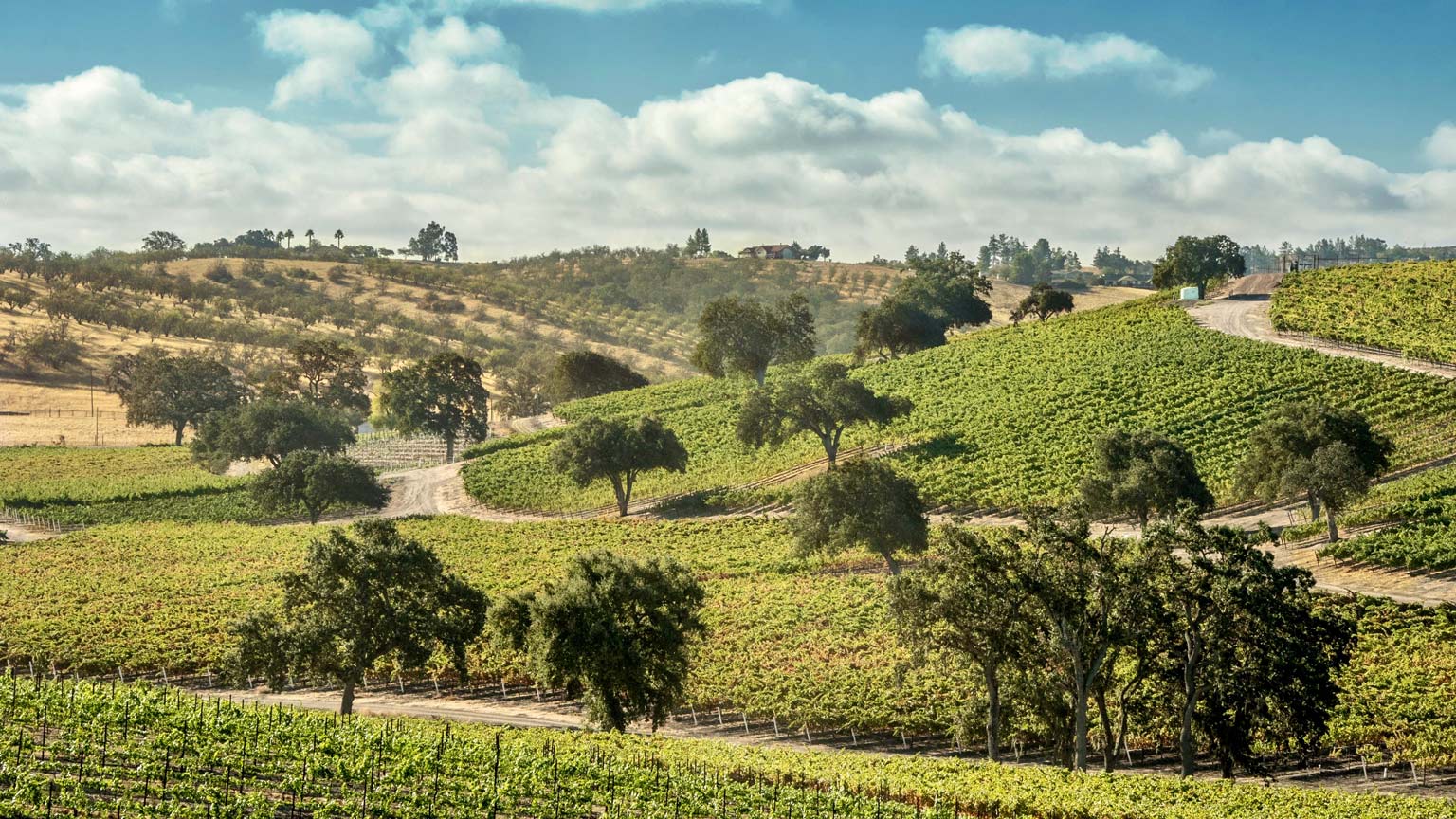Nose
Typical cherry and blackberry
aromas joined by more exotic watermelon
rind and espresso notes.
Palate
The palate is loaded with bing cherry, plum, and cola
flavors, along with noticeable tannin that is
characteristic of the vintage. Expansive and
very long, this should age very well.
Growing Conditions
Our Russian River Valley Pinot Noir comes from the Winside Estate vineyard, planted in 1997
by Anne Moller-Racke and Joe Nugent to 10 acres of Dijon 115 and 667. The natural
variations in soil across the vineyard, along with the blend of clones, results in a complex wine,
with richness from the 667 and elegance and finesse from the 115. Fog from the Pacific
generally recedes fairly early in the day resulting in plenty of sun, but prevailing winds from the
west keep this site cooler in the afternoon, allowing for extended hang time. Starting in 2012
we began to include some fruit from the Pommard block in the estate blend.
Harvest
After very cool growing seasons in back to back years (2011 & 2012), the 2013 vintage felt quite warm,
although it was actually close to average for Northern California. Bud break occurred very early thanks
to a warm spring, leading to concerns about an extremely early harvest, but we avoided any heat spikes
throughout the summer, which slowed things down in the vineyard. With all of our vineyards (and
seemingly everyone else’s in Sonoma and Napa) tracking around the same sugar levels, the potential for
too much fruit at once made everyone nervous, but cool weather at just the right times in early and late
September created the spacing we needed. The 2013 calendar year was very dry, but fortunately heavy
rains in November and December of 2012 provided enough moisture in the soil and water for irrigation
to last the growing season. One small rain event on September 21st and 22nd created some worries, but
little rain fell and strong winds dried the vineyards out quickly. Our harvest began at our Russian River
Vineyard on September 2, and wrapped up in Carneros on October 8.
Bottling
BOTTLING DATE: February 9, 2015.
Winemaking
The fruit for our Russian River Valley Estate bottling comes from three blocks on the Winside vineyard
planted to three different clones. Each block was picked in multiple passes, as ripeness varies from South
to North and we want to get each cluster at the right time. Upon arrival at the winery the fruit was hand
sorted, de-stemmed, and then berry sorted, before being gravity-fed to tank. The must cold-soaked for
six to ten days before fermentation began. Throughout fermentation the cap was punched-down to
extract flavor and tannin from the floating skins. Fermentation tends to finish slowly, and often the wine
is left on the skins to slowly extract the last bit of color and flavor.
Aging
Upon completion of fermentation the
free run wine was racked to barrel where it underwent malolactic fermentation, and then rested on the
lees without further racking until just before bottling.
Appearance
The 2013 Russian River Valley is bright ruby
in color.







